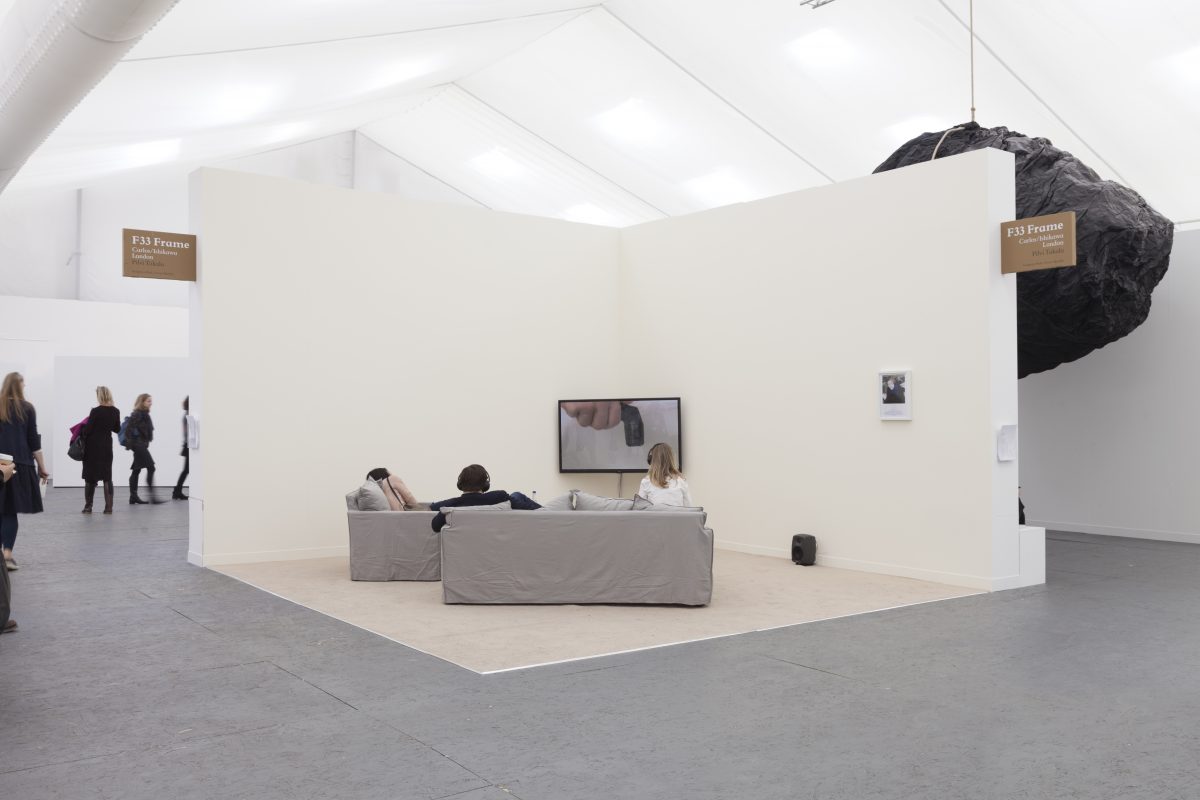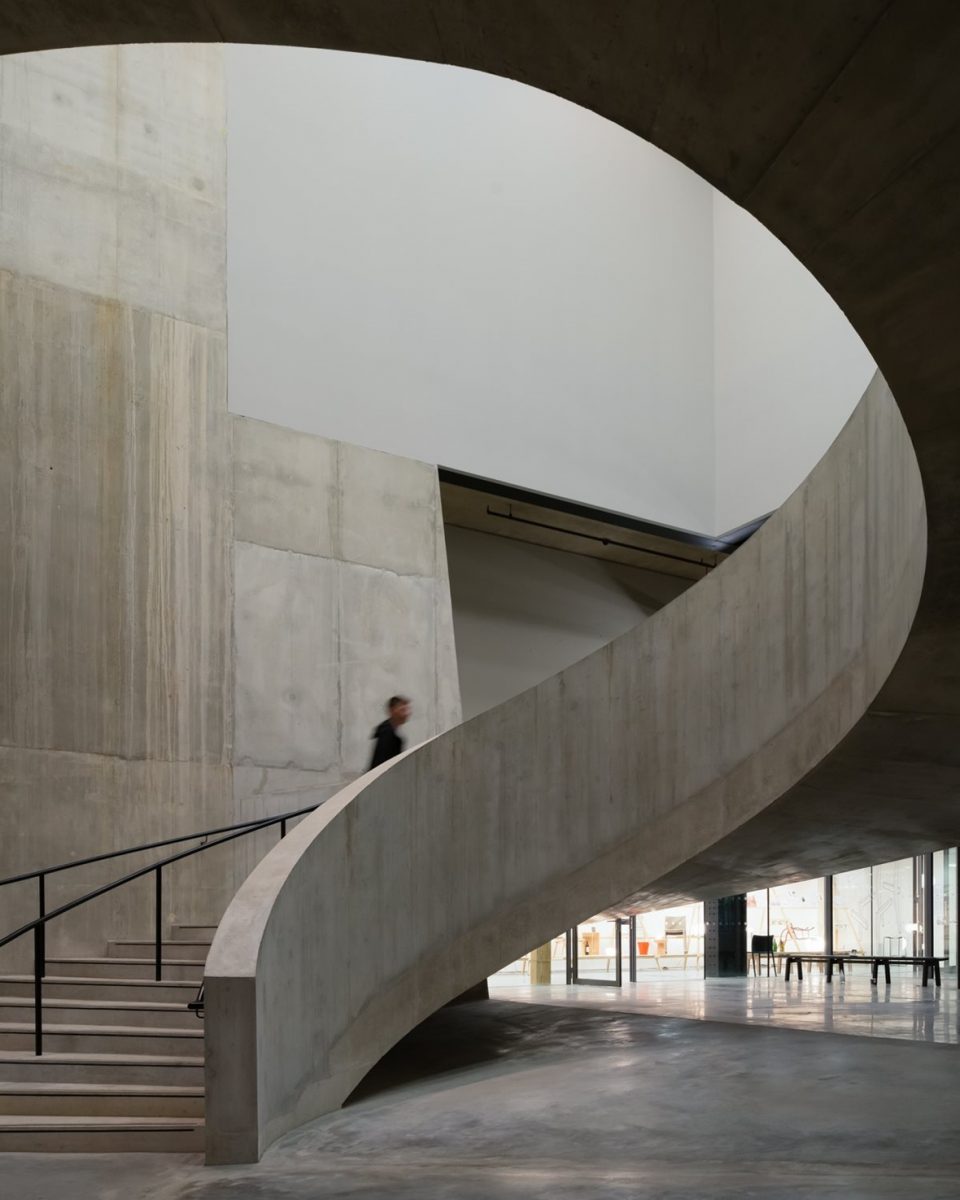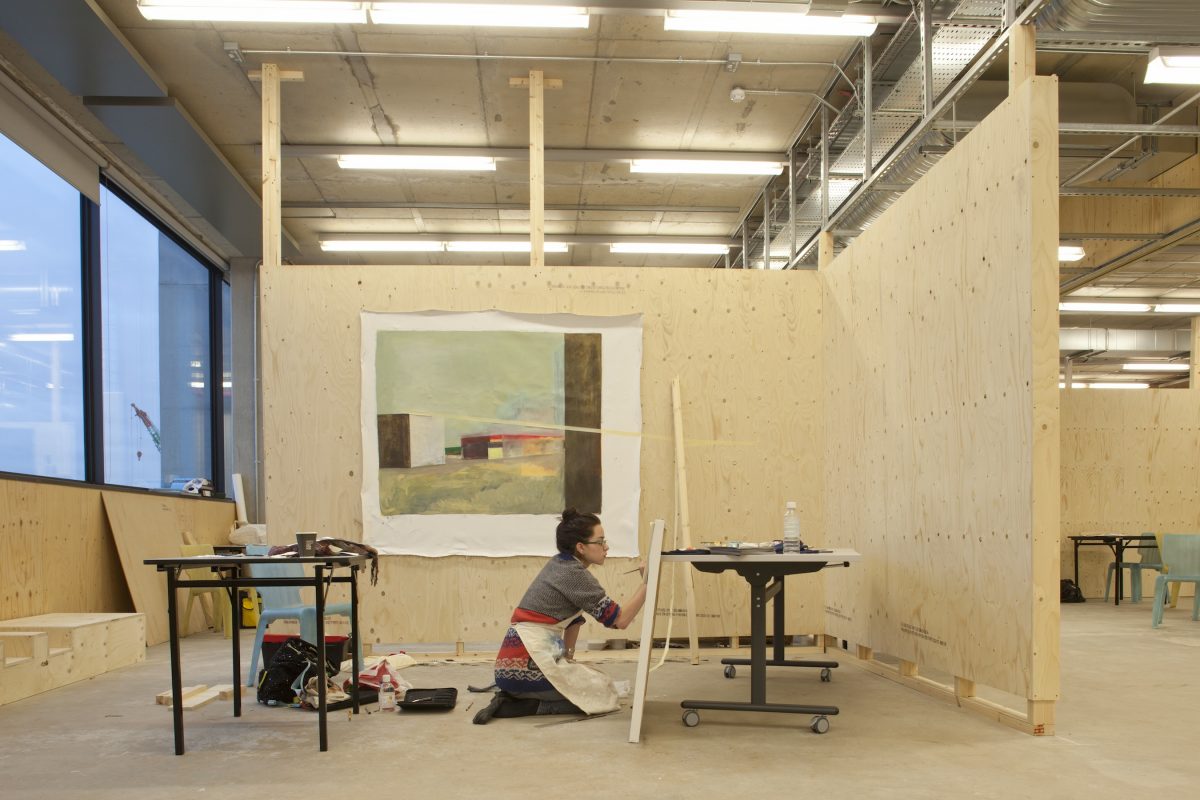Examining The Growth Of London’s Cultural Offering
By Something CuratedOver the past decade London’s contemporary art landscape has undergone a remarkable transformation. Growing from just a handful of galleries, the capital is now the unrivalled leader of the European art market and the second largest contemporary art centre in the world, closely following New York. Despite downturns in the economy and unrest in the Eurozone, new galleries continue to proliferate, with an estimated 800 permanent spaces established in the city, and more arising. Collectors continue to arrive, and an ever-increasing number of artists still choose London over any other world city as a dynamic and inspiring place in which to live, study, work and exhibit.
The UK has long maintained an infrastructure enticing international capital to the country, but recent changes in the political environment and tax laws may affect London’s appeal. Thanks in no small part to the city’s ability to attract global wealth, with 10 per cent of all the billionaires in the world calling it home, international galleries including David Zwirner, Pace, Gagosian, and Marian Goodman have all opened shop in London over the last two decades, while the stock of the city’s native dealers, including Lisson, Sadie Coles HQ, and White Cube, soars. Then, of course, there’s Frieze London. The fair brings the art world to the British capital in droves each October, and since 2012, Frieze Masters has added historical weight to the event.

Matthew Slotover, CEO and Founder of Frieze, said last year:
“London is now clearly the European capital of art. The city has a more exciting range of galleries, museums, artists and collectors than its rivals, and this is the reason our art fairs, Frieze London and Frieze Masters, have attracted so much attention and attendance. From antiquities, through old masters, modern, and contemporary art, there is always something exciting to see in the city.”
It’s not just the commercial scene that has developed though, from Whitechapel Gallery to the Royal Academy of Arts and the Tate, the city’s art institutions have established themselves as critical attractions. Tate Modern’s Turbine Hall and the installations within it have brought vast new swaths of the public into a contemporary art space. Last summer, Tate Modern’s new Switch House by Herzog & de Meuron opened to the public. The 64.5-metre-high tower creates 60 per cent more exhibition space for the London gallery, which has become one of the city’s most important attractions since it opened in 2000.

London’s tourism, largely driven by the city’s vital cultural activity, is in a strong position. The capital welcomes around 30 million visitors a year from around the world and the UK; together, they spend over £14 billion. With this in mind, at the end of last year, London’s Design Museum revealed it’s new £83m John Pawson-designed home in the former Commonwealth Institute. Pawson’s conversion of the 1960s building triples the museum’s previous exhibition spaces, enabling the venue to accommodate the first permanent display of its collection, alongside two temporary exhibitions. It is hoped the move will bring in an extra 400,000 visitors each year.
Museums and galleries have not been immune to the impacts of the recession, but are still delivering impressive economic benefits. The number of visitors to the UK’s major museums and galleries fell by nearly 1.4 million last year, the first decline in almost a decade, a report by the Department of Culture, Media and Sport states. A sizeable proportion of this figure is due to educational cuts meaning school visits to cultural institutions are no longer a priority. Further financial support for museums and galleries will be needed into the future to ensure economic growth continues apace. The British Museum is the most visited antiquities museum in the world. Tate Modern is the most visited modern art gallery in the world. The National Gallery is the most visited paintings gallery in the world. All are free, all embrace many cultures and all play a real part in the daily life of the city.

Considering the role of education, art schools are the lifeblood of Britain’s arts scene, training a vast spectrum of talent, many of whom go on to have major international reputations. London is home to some of the world’s most prestigious educational institutions in the arts, and according to the QS World University Rankings, the best in the world, with The Royal College of Art beating 1,376 other international schools for the top spot two years running. Though cuts in funding and rising fees have had an unarguably negative impact on British art schools, with the diversity of applicants markedly impacted, the city’s reputation for high quality education has undoubtedly benefited the expansion of London’s cultural offering.
The capital’s energetic contemporary art scene is by no means restricted to institutions and the affluent echelons. Much of its creative energy comes from smaller commercial and artist-run galleries, which operate on a more modest scale and are not afraid to present experimental new work. Artist-run spaces such as Cell in Bethnal Green or Studio Voltaire in Clapham combine artist’s studios with professionally run exhibition galleries that in turn are almost interchangeable in appearance with London’s dynamic smaller venues, such as Carlos Ishikawa, Limoncello, or Herald Street. London is an expensive city but it is also a uniquely generous one. While studio prices continue to rise, recently instigated organisations like the Sarabande Foundation and Somerset House Studios, along with longstanding initiatives like Acme, offer subsidised workspaces and platforms to emergent creatives, helping ensure the city’s future status as a cultural leader.
Bibliography:
Facts & Figures from The Museums Association, The Museums Association, 2016
A Cultural Tourism Vision for London 2015–2017, Mayor of London, 2015
The 15 Most Influential Art World Cities of 2015, Artsy, 2015
Why is the RCA the Best Art and Design School in the World?, Kashmira Gander, The Independent, 2016
British Museums and Art Galleries Hit by 1.4m Fall in Visitors, Hannah Ellis-Petersen, The Guardian, 2017
Feature image: Studio space in the Sculpture Building at RCA (Photo: Richard Haughton)
Words by Keshav Anand